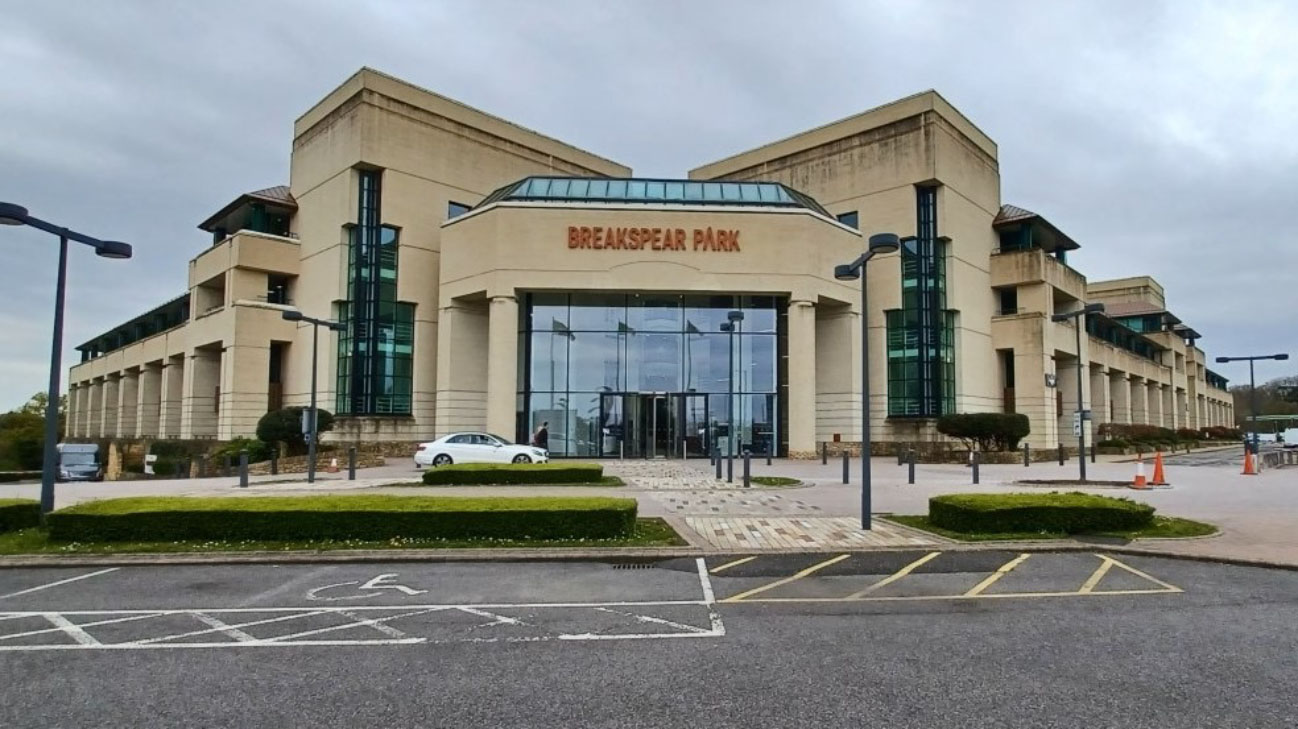Viewpoint: Time to act on conflicts of interest in the property industry
Andy Williams (retired) | 1 April 2016The discussion around conflicts of interest has focused on firms representing clients on opposing sides of the same transaction. Andy Williams believes the risk to clients goes much further than that.
The report
Conflict of interest in property transactions is firmly back on the agenda after a Leeds University report found not enough is being done to prevent or deter the practice – which they say has become commonplace in some circles – to the detriment of clients, and there are those who would like to see much stricter regulation and enforcement against the practice.
Much has been said about firms acting for clients on different sides of an investment transaction or lease negotiation, be that the seller and buyer, landlord or tenant or multiple bidders. No matter how high the Chinese Walls, there is the potential of them being breached. This puts at least one if not both of those clients potentially at risk of their sensitive information becoming known to the other side and influencing the terms of a negotiation.
How to best serve the interests of the investor
But there is more to it than just this ‘double dipping’. There is also the potential for a conflict of interest to arise when clients rely on a single organisation to provide all elements of the pre-acquisition advice. A supplementary question to ask – not covered in the Leeds University report – should be: are the interests of the investor best served by having all of the pre-acquisition advice emanating from the same source, or would it be better to instruct a series of independent but aligned advisors for each specialism in the Technical Due Diligence process.
Central to the issue is the monopoly caused by the amalgamation and acquisition of so many small and mid-tier firms over the last 20 years into large multi-disciplinary organisations. International businesses often turn to one-stop-shops to handle their affairs on a global scale, and often those interests intersect, resulting in the potential conflicts we’ve discussed.
The smaller independent organisations, on the other hand, often don’t have the client base for such conflict to arise. They’re also likely to have extensive local knowledge and niche specialisms which could make their analysis all the more relevant to the particular client, or to the purchase.
Client value
There is no real compromise in instructing an alternative to the large multi-disciplinary practices. A chartered surveyor is a chartered surveyor, and many of the directors and employees will have at some point worked for such an organisation. Many have since set up on their own or taken the opportunity to make an impression at a smaller business. The benefit will be in the value the client will hold for that practice, and the efforts that will be made on their behalf.
There are some benefits to the one-stop-shop approach offered by the larger organisations but, when it results in a real or perceived conflict of interest, the best option is not to rely on guidelines, protocols and trust, but instead for clients to vote with their feet and find alternative support.
Knowing who to go to could take some research from investors and their asset manager, but surely the impartiality of the advice and avoidance of significant risk is worth those extra few phone calls.


